If in the first part of this Special we saw that some brands were unable to face the challenges that plagued the automotive industry at the beginning of the 21st century, others ended up taking their place.
Some came from nowhere while others were reborn from the ashes like a Phoenix, and we even saw brands being born from… models or versions of products from other manufacturers.
Spread over several segments and dedicated to the production of the most diverse types of cars, we leave you here with the new brands that the automotive industry has welcomed in the last two decades.
Tesla
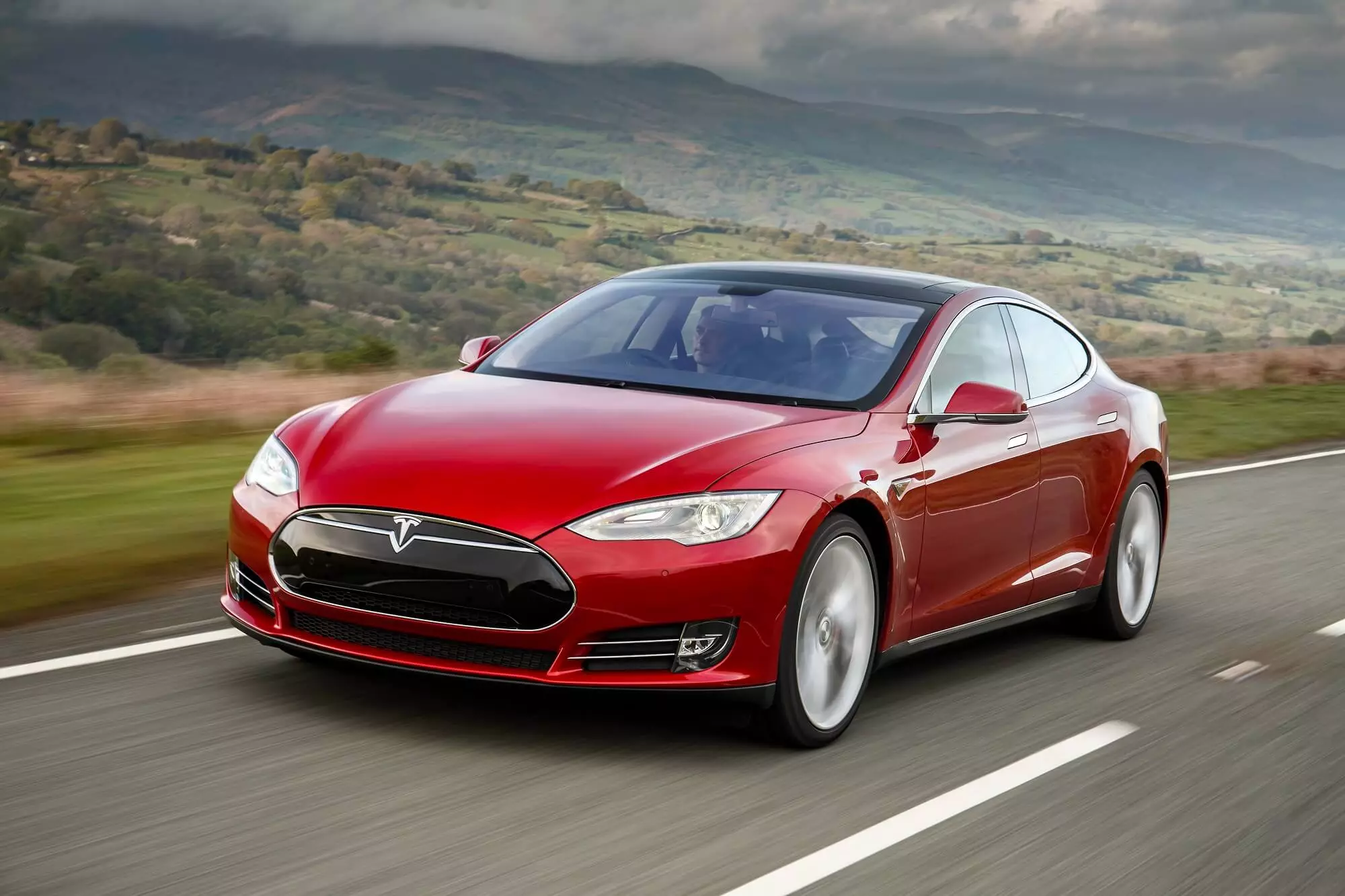
Founded in 2003 by Martin Eberhard and Marc Tarpenning, it was not until 2004 that the Tesla saw Elon Musk arrive, the “engine” behind its success and growth. In 2009 it launched its first car, the Roadster, but it was the Model S, launched in 2012, that catapulted the American brand.
One of the main responsible for the rise of 100% electric cars, Tesla has established itself as the benchmark at this level and, despite the growing pains, it is today the most valuable automobile brand in the world, although it is very far from be the one that makes the most cars.
Abarth
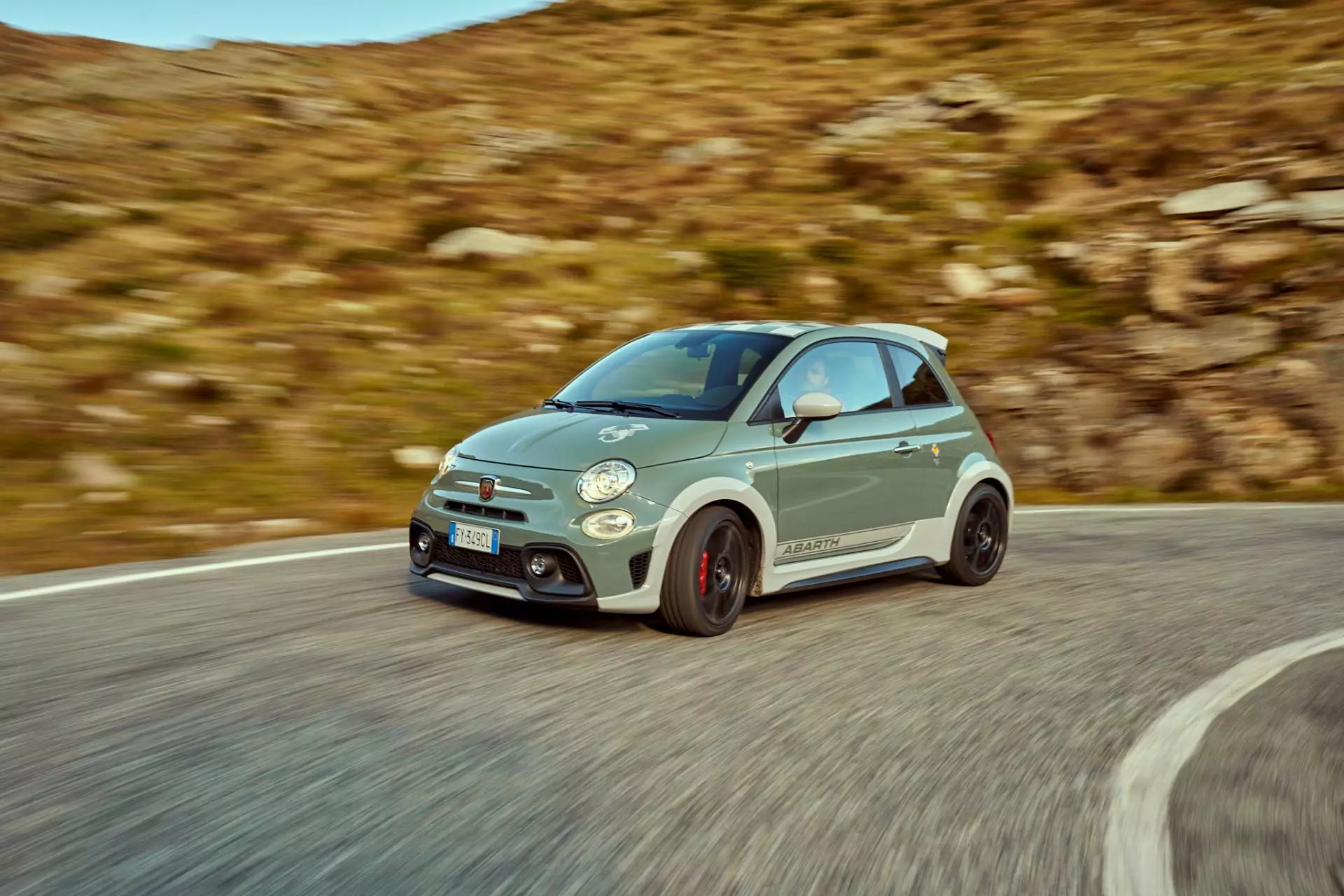
Founded in 1949 by Carlo Abarth, the homonymous company would be absorbed by Fiat in 1971 (it would cease to exist as its own entity in 1981), becoming the sports division of the Italian giant — to which we owe so many Fiat and Lancia successes in the championship. of the rally world.
On road cars, the name Abarth would end up favoring several models not only from Fiat (from Ritmo 130 TC Abarth to the more “bourgeois” Stilo Abarth), but also from other brands in the group. For example, Autobianchi with the “spiky” A112 Abarth.
But in 2007, with the Fiat Group already being led by Sergio Marchionne, the decision was taken to make Abarth an independent brand, appearing on the market with “poisoned” versions of the Grande Punto and 500, the model for which it is best known .
DS Automobiles
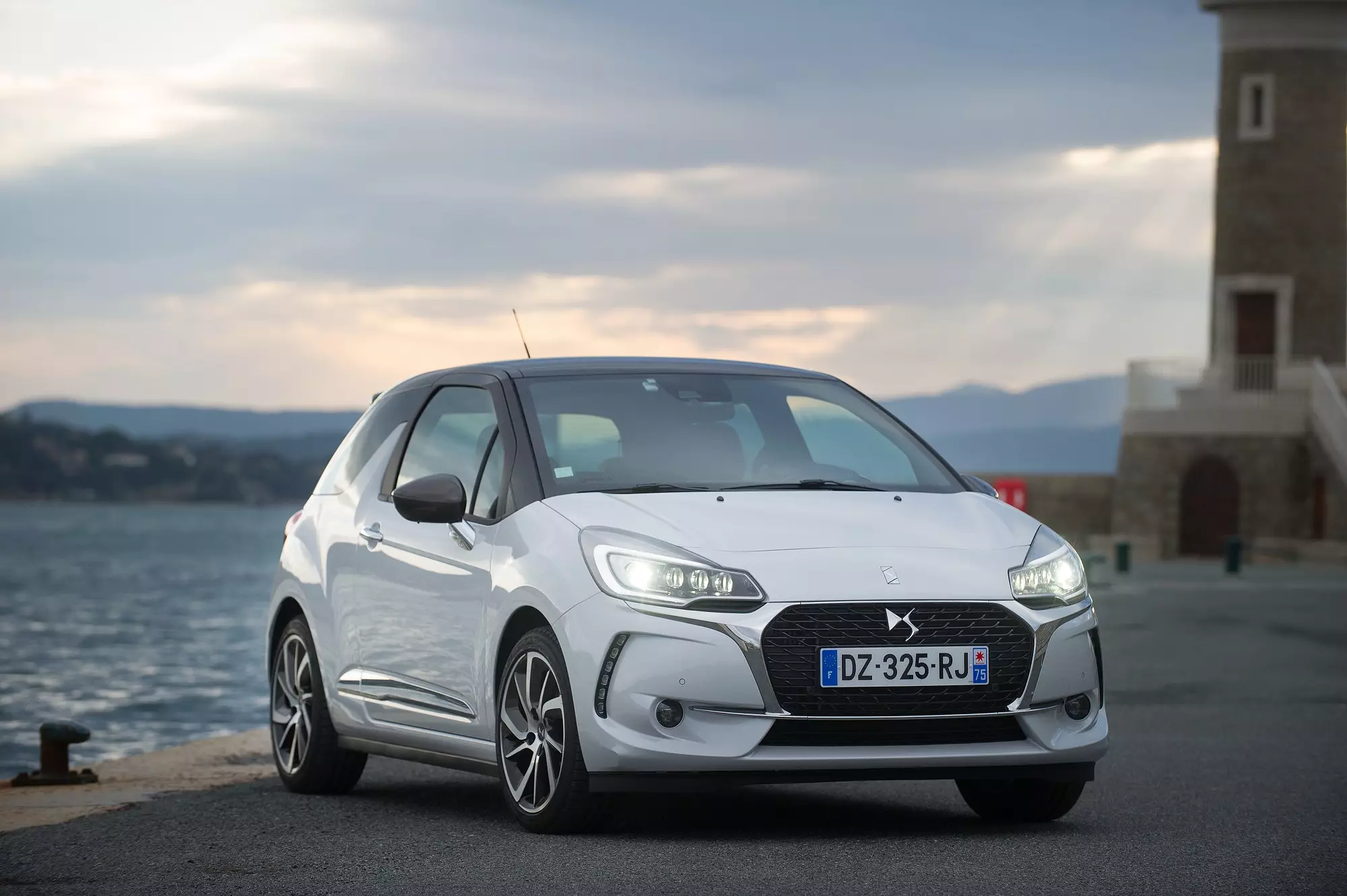
Born in 2009 as a sub-brand of Citroën, DS Automobiles was created with a very simple objective: to offer the then PSA Group a proposal capable of matching the German premium proposals.
DS Automobiles' independence as a brand came in 2015 (in China it arrived three years earlier) and owes its name to one of Citroën's most iconic models: the DS. Although the initials attributed to the acronym “DS” the meaning of “Distinctive Series”.
With an increasingly complete range, the brand to which Carlos Tavares gave 10 years to “show what it's worth” has already announced that from 2024 onwards, all of its new models will be electric.
Genesis
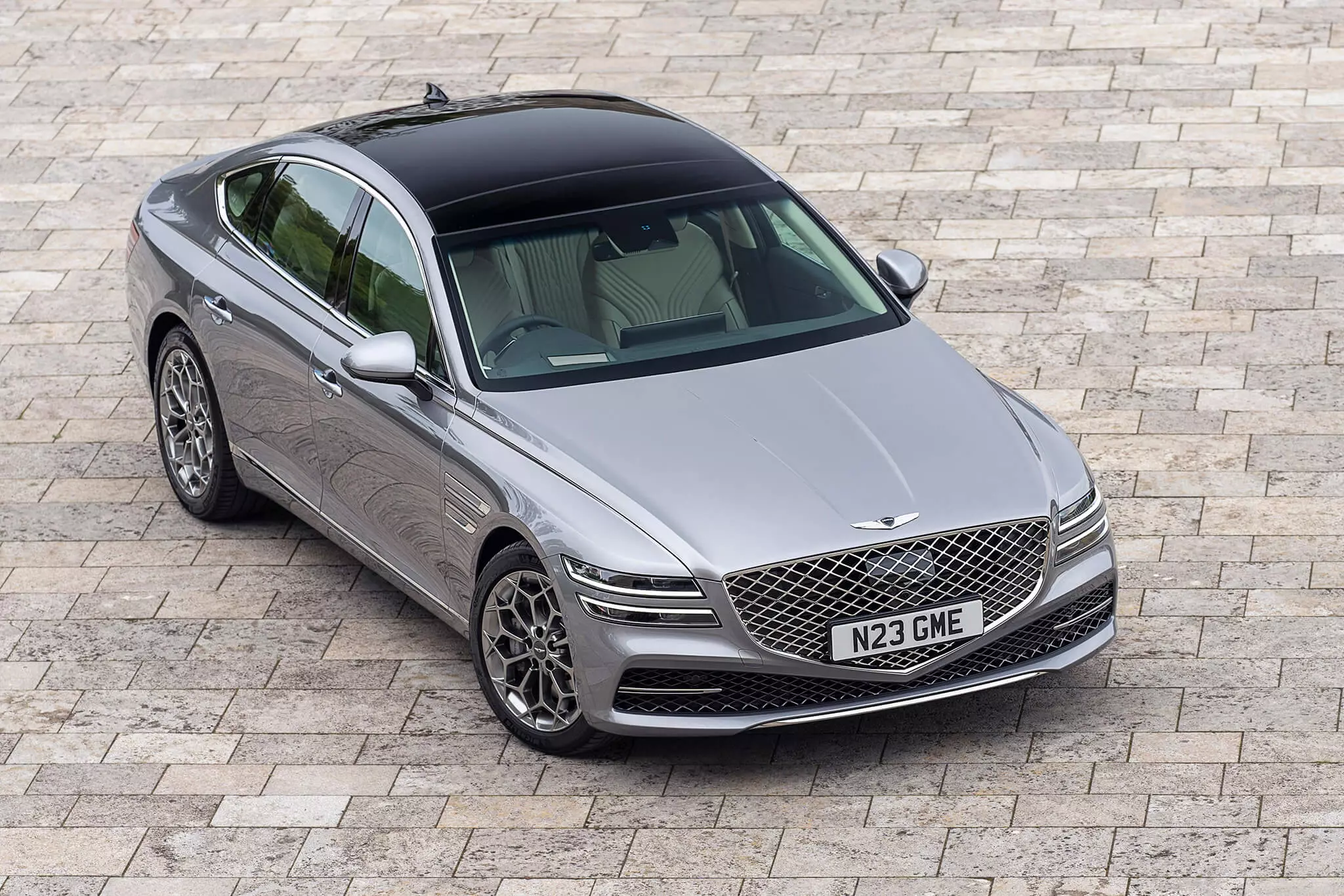
The name Genesis at Hyundai it was born as a model, which rose to a kind of sub-brand and, a bit like DS Automobiles, ended up becoming a brand with its own name. Independence arrived in 2015 as the premium division of the Hyundai Motor Group, but the first fully original model was only released in 2017.
Discover your next car
Since then, Hyundai's premium brand has been cementing itself in the market and this year it took a “big step” in that direction, making its debut in the very demanding European market. For now, it is only present in the United Kingdom, Germany and Switzerland. However, there are expansion plans for other markets, and the only thing left to do is to know if the Portuguese market is one of them.
Polestar

Like the vast majority of brands that were born since the beginning of the 21st century, so too Polestar “was born” in 2017 to position itself in the premium segment. However, its origins diverge from others mentioned here, as the birthplace of Polestar was in the world of competition, running Volvo models in the STCC (Swedish Touring Championship).
The Polestar name would only appear in 2005, while the proximity to Volvo intensified, becoming the Swedish manufacturer's official partner in 2009. It would be acquired entirely by Volvo in 2015 and if, initially, it operated as a sports division of the brand Swedish (somewhat in the image of an AMG or BMW M), would gain independence shortly thereafter.
Today it has its own seat, a halo-car and plans for a complete range where the successful SUVs won't be lacking.
alpine
Unlike the brands we've talked about so far, the alpine is far from being a newcomer. Founded in 1955, the Gallic brand “hibernated” in 1995 and had to wait until 2017 to return to the spotlight — despite the announcement of its return being made in 2012 — returning with a well-known name in its history, the A110.
Since then it has struggled to regain its space among the sports car manufacturers and to the “hitch ride” of the “Renaulution” plan, it has not only assimilated Renault Sport (with which its competition department merged in 1976), but it has now plans for a full range and…all electric.
CUPRA
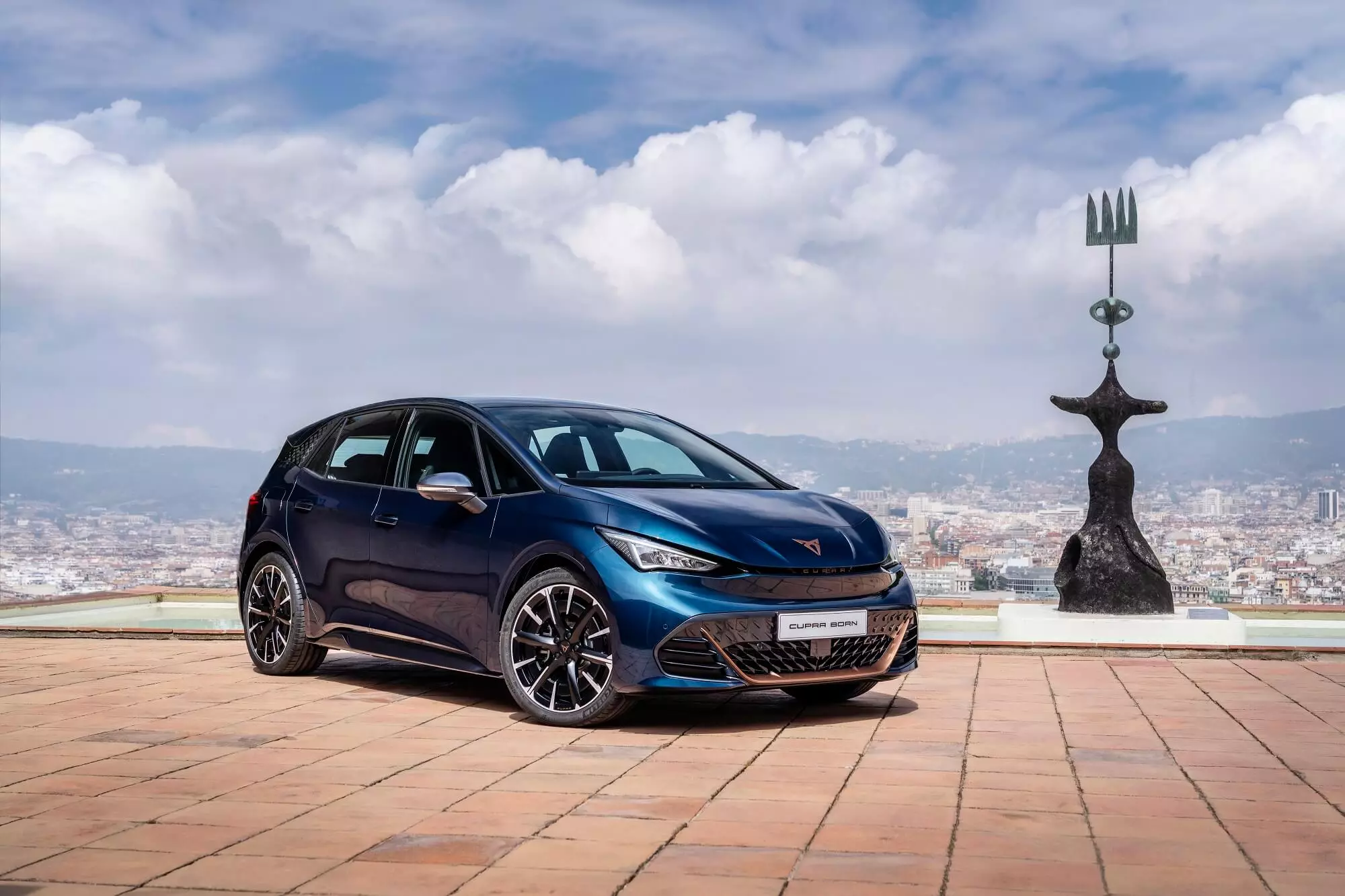
Originally synonymous with the sportiest models from SEAT — the first CUPRA (a combination of the words Cup Racing) was born with the Ibiza, in 1996 — in 2018 the CUPRA saw its leading role within the Volkswagen Group increase, becoming an independent brand.
While its first model, the SUV Ateca, continued to be “glued” to the homonymous SEAT model, the Formentor began the process of moving away from SEAT, with its own models and range, showing what the young brand is capable of.
Little by little, the range has been growing, and although it still maintains very close connections to SEAT, like the Leon, it will receive a series of models that are unique to it… and 100% electric: the Born (about to arrive) is the first , and by 2025 it will be joined by two others, Tavascan and the production version of UrbanRebel.
The others
The century XXI is being lavish in creating new car brands, but in China, the biggest car market on the planet, it is simply epic: this century alone, more than 400 new car brands have been created there, many of them wanting to take advantage of the paradigm shift for electric mobility. As happened in the first decades of the automobile industry (20th century) in Europe and the United States of America, many will perish or be absorbed by others, consolidating the market.
It would be too exhausting to mention them all here, but some already have foundations solid enough to be expanding internationally — in the gallery you can find some of them, which are also starting to reach Europe
Outside China, in more consolidated markets, we have seen the birth of brands such as Ram, founded in 2010 as a Dodge spinoff, and one of the most profitable brands of Stellantis; and even a Russian luxury brand, Aurus, an alternative to the British Rolls-Royce.
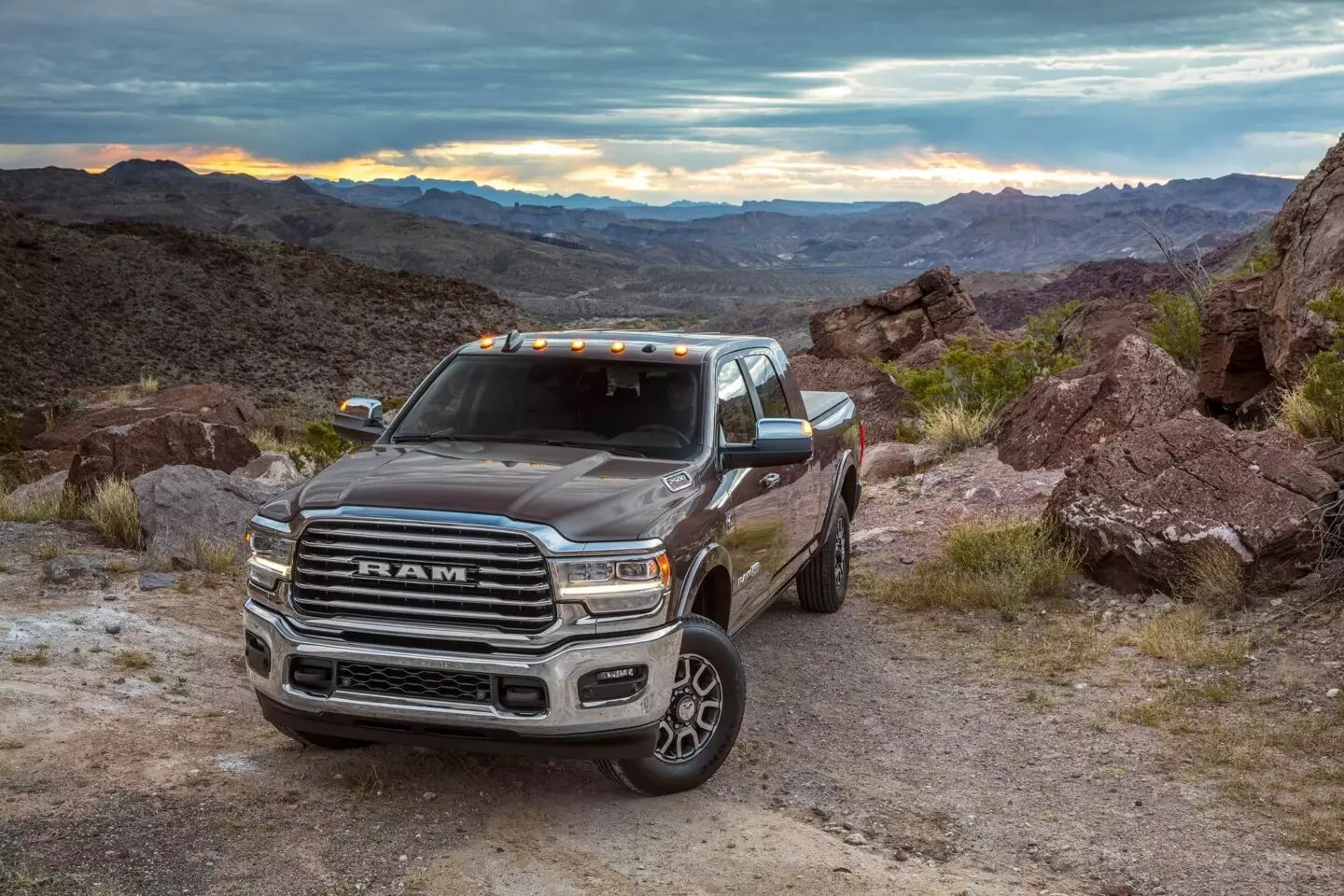
Originally a Dodge model, the RAM became an independent brand in 2010. The Ram Pick-up is now Stellantis' best-selling model.
